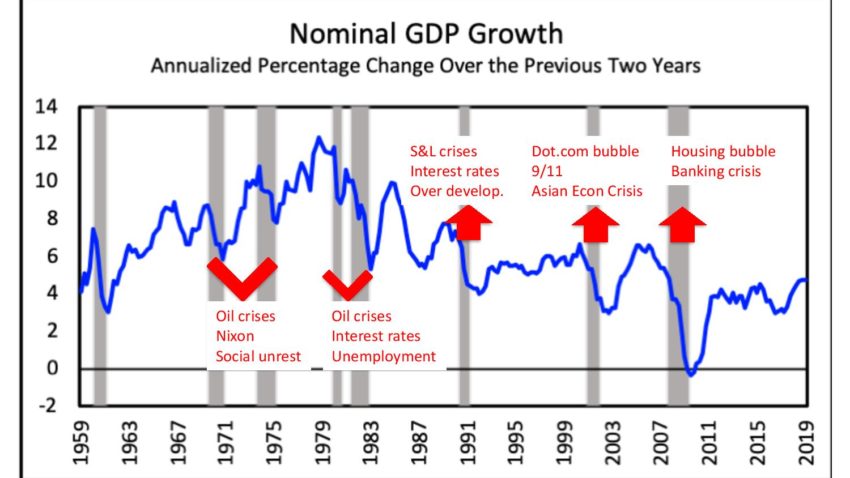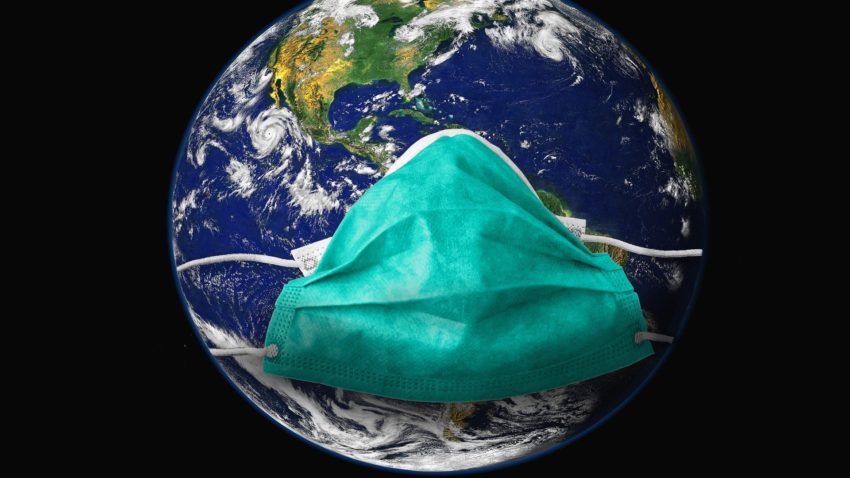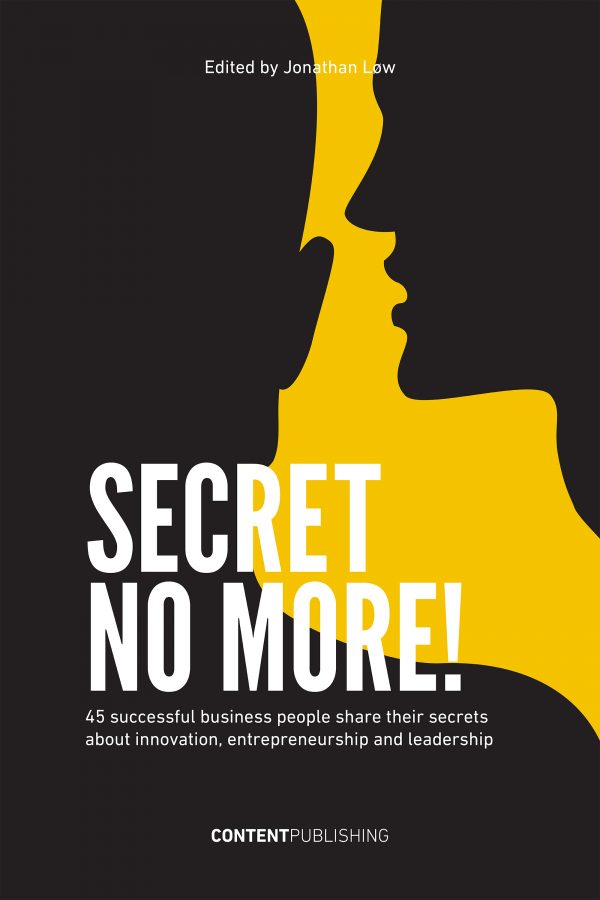
Mrs. C. recently mentioned that she would consider taking a trip in an RV.
Many of you might not consider that blog-worthy, but traveling the country in a motor home is something we never would have considered in the past.
We love to travel. We enjoy road trips, beach trips, cruises, European travel, hiking trips, amusement parks, you name it. In fact, I had been considering taking a phased retirement to allow us to have more time to take some extended trips. However, RV-ing was never, ever on our list of future travel plans.
Then came the pandemic.
Travel Disrupted
Bookings on US domestic airlines are down 90% from last year. Airlines are slashing the number of flights to try and compensate. Airlines are trying to calm worried travelers by significantly improving cabin cleaning procedures. Rather than breezing through the cabin to pick up newspapers and drink cups passengers left behind, airlines have implemented protocol to deep clean and disinfect all passenger areas between every flight. To help with social distancing, Delta is no longer allowing people to book middle seats.
Hotel occupancy rates hover at less than half of what they were last year at this time. Europe has been particularly hard hit, with occupancy rates dropping from 70-80% last year to less than 30% today. Like the airlines, hotels are stepping up cleaning standards. Standard services are no longer standard. Daily housekeeping is a thing of the past, as are breakfast buffets, minibars, and valet parking.
The cruise industry, charter bus companies, airline companies, and aircraft manufacturers are lining up to get government bailouts.
Such efforts by industry stalwarts are to be expected during times of intense disruption. Companies will do whatever they can to preserve the status quo.
The Market is Changing
Normally, I try not to insert myself when thinking about changing markets and the entrepreneurial opportunities they create. However, Mrs. C. and I are the travel industry’s target market. We love to travel. We planned and saved through the years to allow us to travel. And now, we are blessed with the time, resources, and lifestyle that allows us to indulge in our wanderlust.
But the disruption of the coronavirus has done what disruptions like this normally do. It has changed our thinking and our behaviors as customers. And when these changes resulting from disruptions happen, they alter the future.
The Future of Travel
When thinking about the future of travel, we must take any predictions from industry insiders with a grain of salt. The lens they use to look into the future is biased toward what things have been like in the past. But, the reality is, no one is good at predicting the future when it comes to disrupted markets.
However, if I had to bet based on our attitudes and the attitudes of fellow Baby Boomer travelers like us, I do think the future of travel will be quite different.
One of the scenarios that Mario Gavira explores in his series on possible futures of travel is what he calls “The End of Mass Tourism as We Know It.” In this possible future scenario, the changes in our behaviors and attitudes from the pandemic alter our purchasing patterns in travel.
Urban-based crowded tourism will decrease in favor of outdoor and natural environments and long-haul destinations will be perceived as high risk compared to closer-to-home locations.
Conversations Mrs. C. and I are having about our future travel plans echo this shift.
What are the Opportunities?
One clear winner will be businesses that can efficiently and effectively offer cleaning and sanitizing services. Commercial painting companies are starting to explore using their spraying equipment not just for paint, but for sanitizing agents. Sanitization will be a hot industry for some time, offering some comfort that even heavy traffic tourist sites can be made safer.
We are already seeing robotics and other technologies reduce the need for humans in the service sector.
After the 2008 real estate collapse, entrepreneurs gobbled up failed condominium projects and turned them into apartments. This time around we are already seeing such projects turned into luxury “aparthotels“.
Travel agencies that offer planning for more off-the-beaten-path destinations, with more of a focus on outdoor activities may flourish.
Businesses that cater to road trips are predicted to see a boom in business, as more of us decide to travel in their min-vans and SUVs like families did in their station wagons during my youth.
And, oh yes, RV sales and rentals are seeing a spike in business post coronavirus.
Who knows…you may be seeing Mrs. C. and I tootling down the highway in an Airstream some time soon.




 (Photo source: Image by
(Photo source: Image by 

 Just who is the customer? This is a question that comes up in all corners of higher education. Is it the student? Is it their parents? Is it employers? Is it the community and the broader society?
Just who is the customer? This is a question that comes up in all corners of higher education. Is it the student? Is it their parents? Is it employers? Is it the community and the broader society?